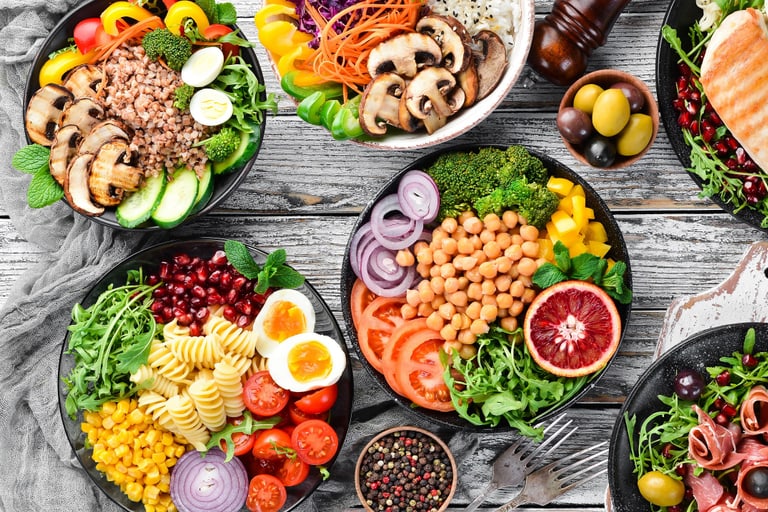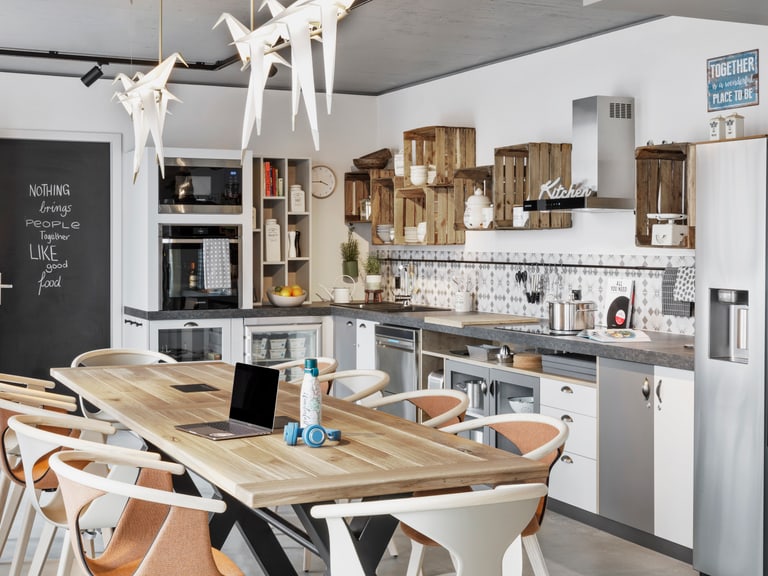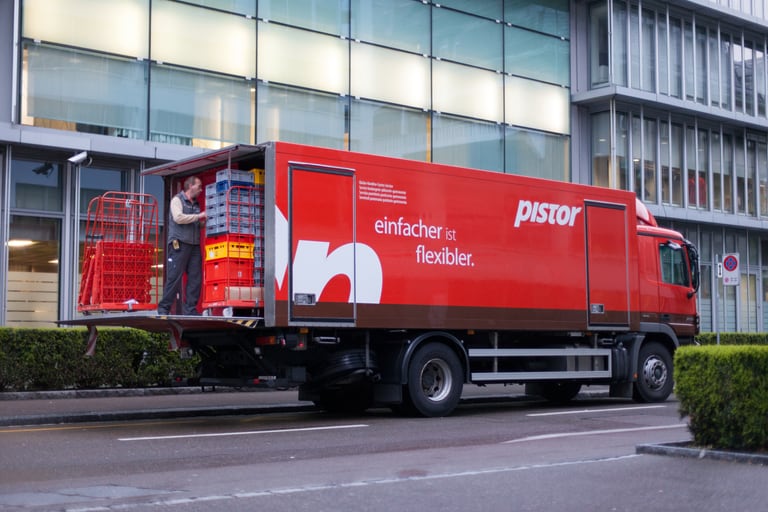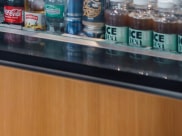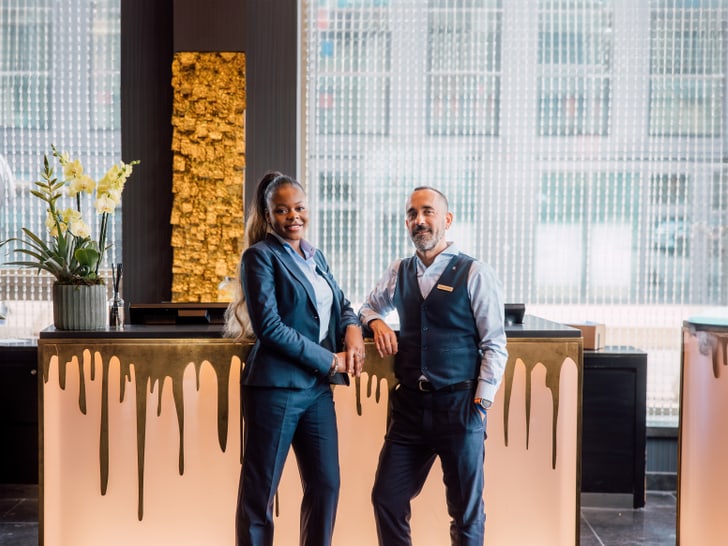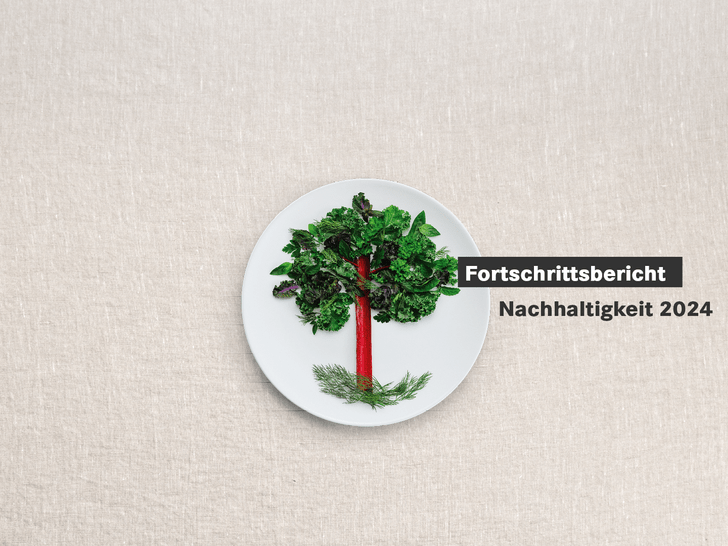1. Greenhouse gas footprint
To make an effective contribution to reducing greenhouse gases (GHG), it is crucial to know the amount of greenhouse gas we emit. To this end, we prepare an annual greenhouse gas footprint. This assessment helps us to identify where we have the greatest reduction potential and to measure whether we are making progress in reducing our greenhouse gas emissions.
We calculate our greenhouse gas footprint based on an internationally recognized standard, the Greenhouse Gas Protocol.
For this purpose, greenhouse gas emissions are divided into three categories or “scopes”:
- (1) Direct emissions resulting, for example, from the combustion of fuels in our company vehicles (= Scope 1)
- (2) Indirect emissions caused by our energy consumption (= Scope 2)
- (3) Indirect emissions in the upstream and downstream supply chain, such as emissions from the production and transport of food
Around 96% of the SV Group’s total greenhouse gas emissions can be assigned to Scope 3. We have been recording these CO2 emissions annually since 2012, and have been calculating our carbon footprint with the support of myclimate since 2022. The annual update of our greenhouse gas footprint can be found in our progress report.

